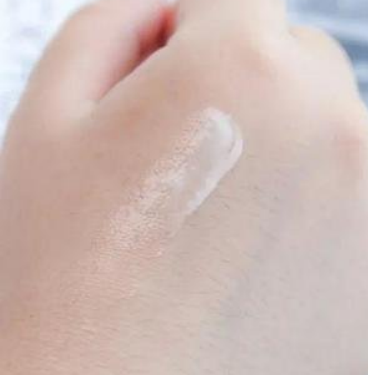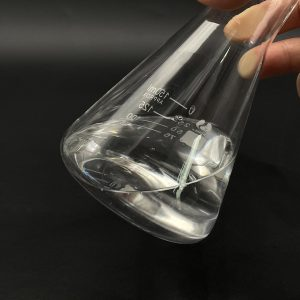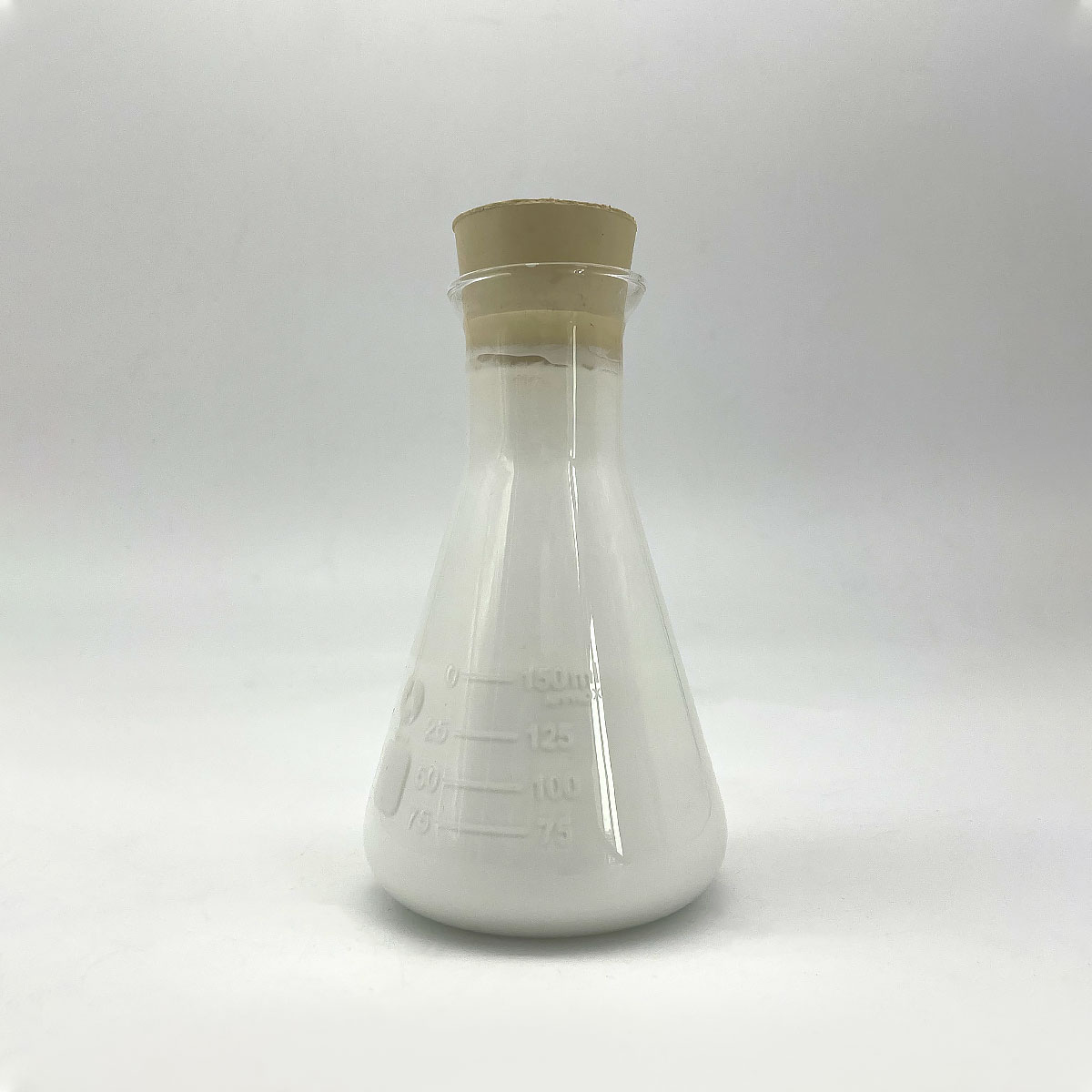1. Introduction
Just 24 hours ago, a viral TikTok video reignited the decade-old debate: ‘Is sodium lauryl sulfate secretly ruining your skin?’ The clip, which has already amassed over 5 million views, features a dermatologist warning that SLS—a foaming agent in countless personal care products—could be the hidden culprit behind dryness, redness, and even eczema flare-ups. While the science isn’t quite that dramatic, the buzz is real. So, let’s cut through the suds and get to the truth about sodium lauryl sulfate (also known as sodium dodecyl sulfate, natrium lauryl sulfate, or simply SLS).

2. What Exactly Is Sodium Lauryl Sulfate?
Sodium lauryl sulfate (SLS), chemically identical to sodium dodecyl sulfate, is a powerful anionic surfactant. The term ‘surfactant’—short for ‘surface-active agent’—refers to molecules that reduce surface tension between liquids or between a liquid and a solid. In plain English? Surfactants make water wetter, oil easier to rinse away, and your shampoo foam like a bubble bath.
SLS is derived from lauryl alcohol (often sourced from coconut or palm kernel oil) and sulfuric acid. Despite its natural origins, the final compound is highly processed. It’s cheap, effective, and creates that satisfying lather we’ve been conditioned to equate with ‘clean.’
3. How SLS Stacks Up Against Other Surfactants
3.1 Anionic Surfactants: The Heavy Cleaners
SLS belongs to the anionic surfactant family—so named because its hydrophilic (water-loving) head carries a negative charge. Other common anionic surfactants include sodium laureth sulfate (also called sodium lauryl ether sulfate or sodium lauryl ether sulphate), ammonium lauryl sulfate, and sodium dodecylbenzene sulfonate. While effective, anionic surfactants like SLS can be harsh on skin and hair, especially at high concentrations.
3.2 Gentler Alternatives: Amphoteric and Non-Ionic Options

Enter the softer players: amphoteric surfactants like cocamidopropyl betaine (also labeled as coco betaine, amidopropyl betaine, or coco amido propyl betaine) and non-ionic surfactants such as decyl glucoside, coco glucoside, and polysorbate 80 (also known as Span80). These are milder, less irritating, and often used in ‘SLS-free’ formulations.
Bio surfactants like sodium cocoyl glutamate and sodium lauroyl sarcosinate (a sarcosinate derivative) are gaining traction for their biodegradability and skin compatibility. Meanwhile, ethoxylated alcohols like laureth (found in sodium laureth sulfate) are less irritating than SLS but raise separate concerns due to potential 1,4-dioxane contamination.
3.3 Cationic Surfactants: The Conditioners
On the flip side, cationic surfactants—like cetyl trimethyl ammonium bromide (CTAB) or cetyltrimethylammonium bromide—carry a positive charge. They don’t clean well but excel at conditioning and antimicrobial action, often found in hair conditioners and fabric softeners. Note: anionic and cationic surfactants generally don’t play well together—they can neutralize each other.
4. Beyond the Bathroom: Industrial and Agricultural Uses
SLS isn’t just for shampoo. It’s also used as a surfactant for herbicides and weed killers, helping active ingredients stick to waxy plant leaves. In this context, it functions as a lawn wetting agent or wetting agent for grass. Other agricultural surfactants include methylated seed oil and lignin sulfonate.
In labs and manufacturing, SLS appears alongside compounds like copper 1 bromide or Pluronic 127 (a poloxamer 188 variant) for emulsification. Sodium deoxycholate and sodium oleate serve niche roles in biochemistry, while fluoro surfactants handle extreme conditions.

5. Common Confusions and Mislabeling
You’ll often see ‘sls sodium lauryl sulfate’ or ‘sls sulfate’ on ingredient lists—but ‘sls sodium laureth sulfate’ is technically incorrect; that’s SLES, not SLS. Similarly, ‘sulphate laureth sulfate’ and ‘sulfate laureth’ are redundant or misspelled variants of sodium laureth sulfate.
Don’t confuse sodium lauryl sulfate with sodium coco sulfate (sometimes called coco sodium sulfate)—the latter is a milder blend derived from coconut oil. Also, sodium lauroyl methyl isethionate and sodium cocoyl isethionate are ultra-gentle surfactants used in luxury bars like Dove.
6. Safety, Myths, and Market Trends
Despite alarmist claims, regulatory bodies like the FDA and EU SCCS consider SLS safe at typical use levels (usually under 1–2% in leave-on products). However, it can cause irritation in sensitive individuals—hence the rise of ‘SLS-free’ labels.
Companies like Rohit Surfactants Private Limited now offer alternatives like alkyl polyglucoside and sodium coco sulfate to meet clean-beauty demand. And yes, you can find sodium lauryl sulfate for sale in bulk for industrial use—but please don’t DIY your own shampoo unless you’ve got a chemistry degree.
7. Conclusion
Sodium lauryl sulfate isn’t evil—it’s just efficient. But in a world increasingly focused on skin health and sustainability, gentler surfactants like decyl glucoside, cocamidopropyl betaine, and bio surfactants are stealing the spotlight. Whether you’re lathering up or spraying weeds, understanding the meaning of surfactant—and knowing your anionic from your amphoteric—helps you make smarter, foamier choices.
Our Website founded on October 17, 2012, is a high-tech enterprise committed to the research and development, production, processing, sales and technical services of ceramic relative materials such as Sodium. Our products includes but not limited to Boron Carbide Ceramic Products, Boron Nitride Ceramic Products, Silicon Carbide Ceramic Products, Silicon Nitride Ceramic Products, Zirconium Dioxide Ceramic Products, etc. If you are interested, please feel free to contact us.


